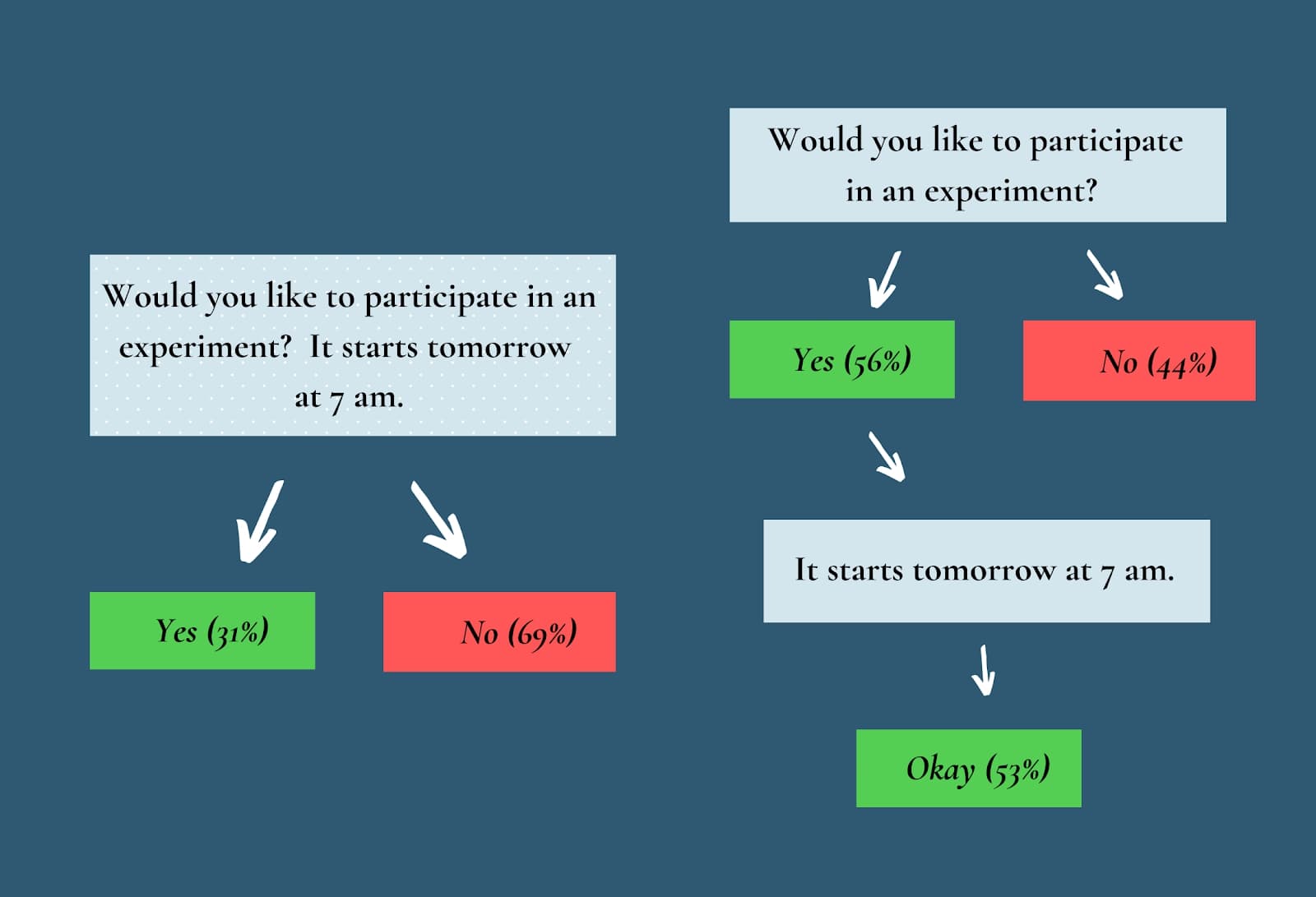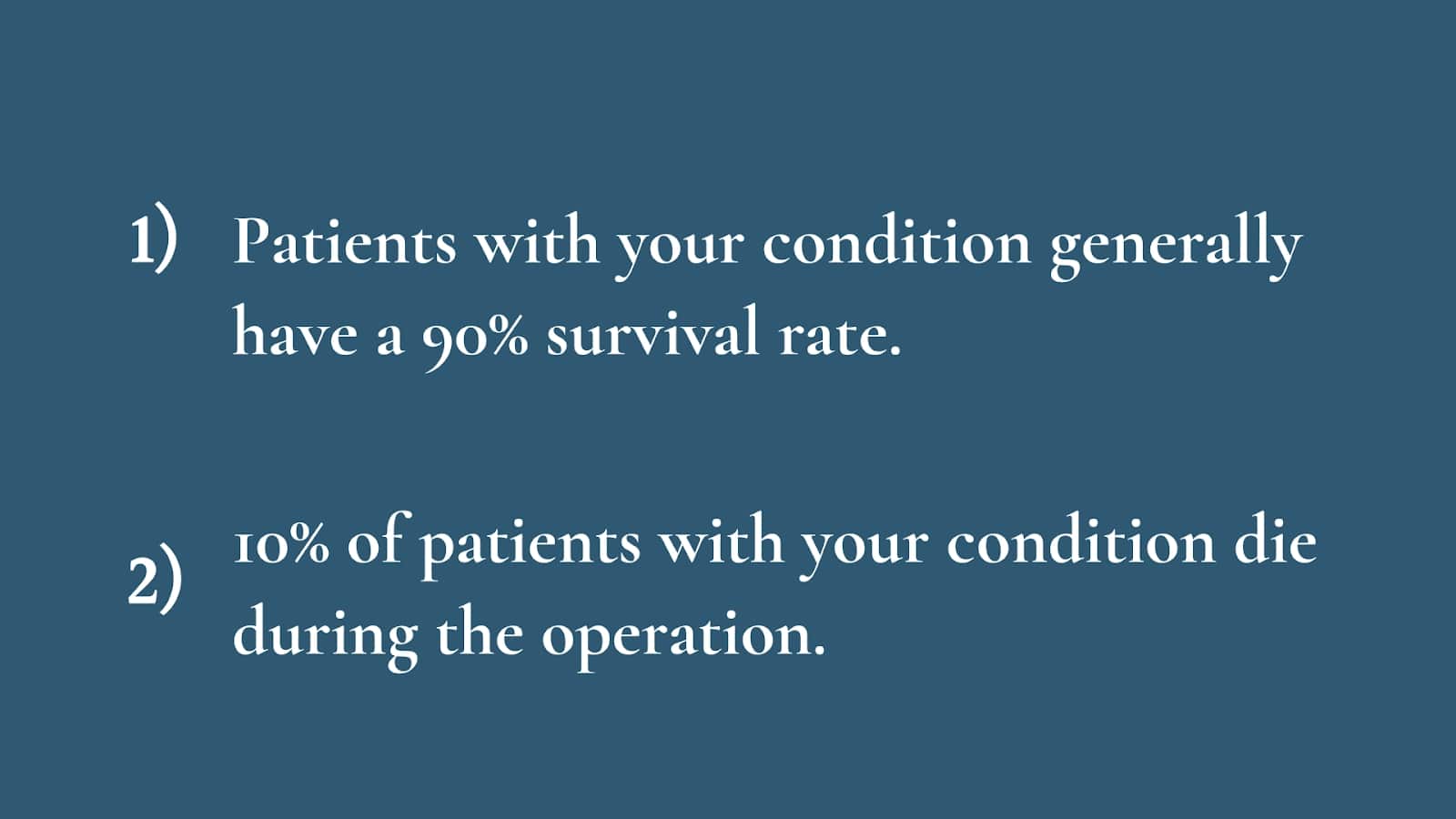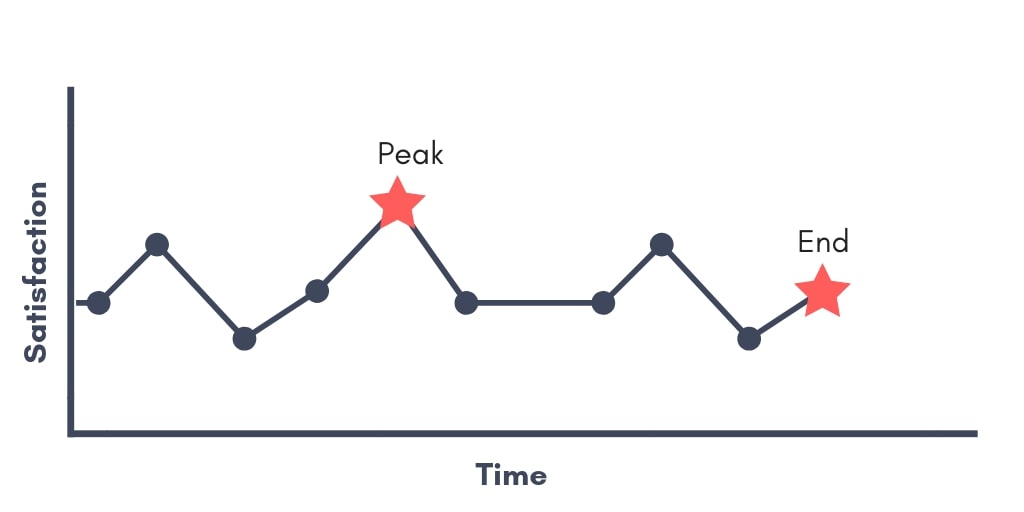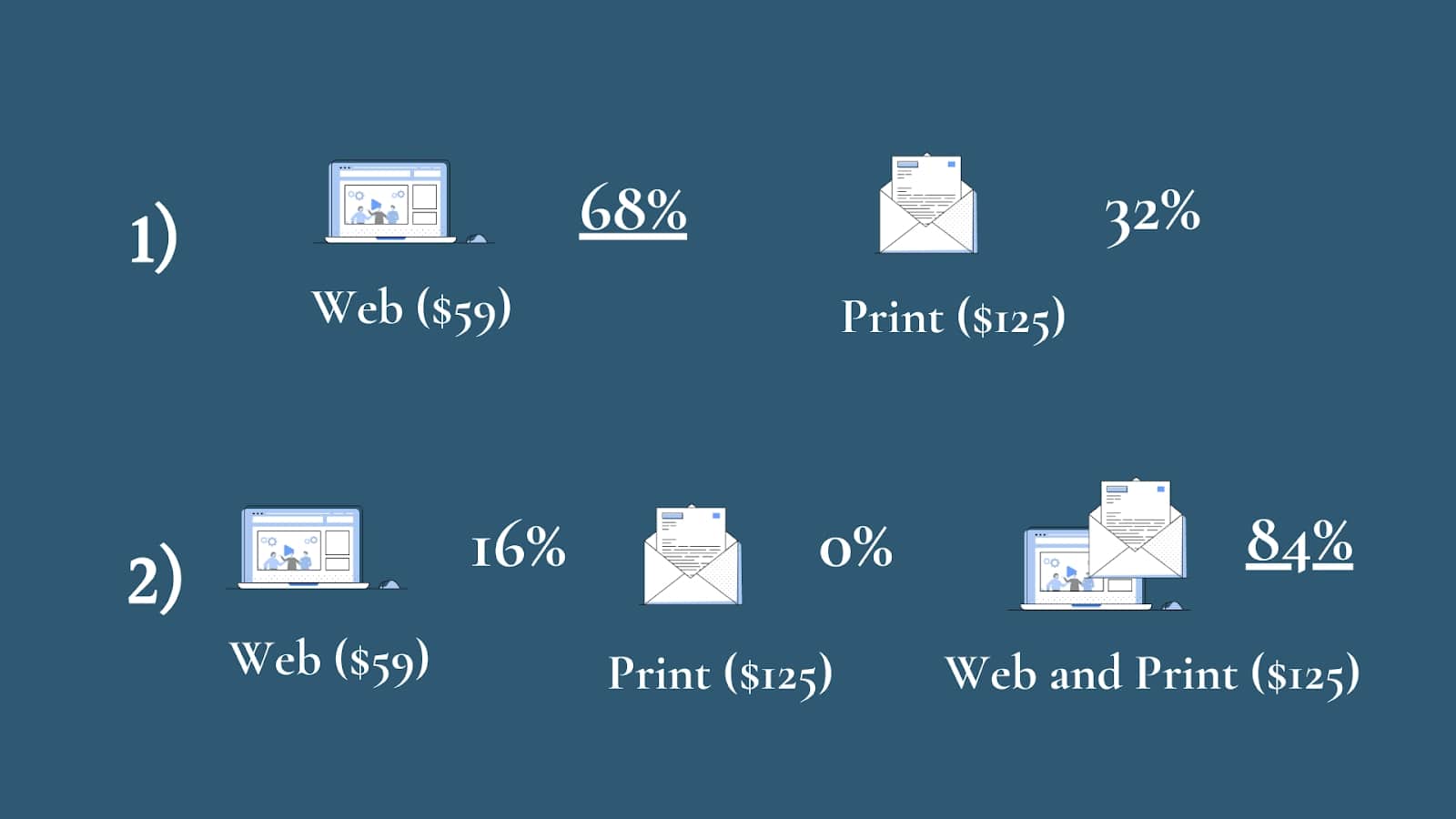5 Marketing Lessons from Cognitive Psychology
Cognitive psychology is the backbone of any good marketing.
Its ideas are used everywhere: from charities asking us to sign a petition to corny toothpaste ads with their notorious “9 out of 10 dentists recommend” meme-slogan. And while the effectiveness of the effort can vary from campaign to campaign, the principles behind it stay the same.
So to see how and why they work, we’re gonna look at 5 common and not-so-much concepts from cognitive psychology. Learning about them will help you if not to improve your marketing, then at least to understand its inner workings better, paying off in the long run. So, let’s dive in right now, shall we?
5 marketing lessons from cognitive psychology:
1. Consistency principle
Definition: We like to stay consistent in our behavior, actions and beliefs and will go to great lengths to keep it this way.
Example: In a classic study by Cialdini and the colleagues, two groups of people were asked if they would participate in an experiment early in the morning. The first group was informed about the time of the experiment from the very beginning, whereas the second one was first asked if they would be interested in the offer and only then given the information about the time. The result was that there were nearly twice as many people in the second group as in the first one who agreed to participate.

Such difference can be explained by the consistency principle. In other words, since the participants from the second group had already given the preliminary consent, their desire to stay consistent with their previous actions made it hard for them to back down once they did learn the unpleasant details about the experiment. So as a result, they stuck with their initial decision.
Takeaway: The consistency principle can go against you in lead conversions, as it makes harder for your potential customers to change their typical buying patterns and try out your products. To change that, try introducing yourself gradually – such as by offering free samples, entertaining or informative content and so on. Once they start interacting with you in little ways, it will become easier for your leads to see buying from you as consistent with their personality.
2. Framing effect
Definition: We respond to information differently based on how it was given to us.
Example: Imagine you fell ill and needed an operation. You then hear one of the two phrases:

How would you react?
The information stayed the same, yet your response to it would probably differ based on what aspect of it was emphasized - or in other words how it was framed.
Takeaway: Keep the effect in mind when presenting data. For example, if you want to show it as less important, try using percentage – e.g. “less than 5% of our readers unsubscribe from our newsletter”. And vice versa, for highlighting the importance of the information, use ratios – e.g. “1 out of every 20 people who read our guide on nutrition have found their health to improve once they started following our methods.” Same proportion, different effect.
3. Peak-end rule
Definition: We judge the quality of our experiences based mostly on how they felt at their peak and towards the end rather than throughout the whole time.

Example: In a research by Kahneman and Frederickson, people were asked to put their hands in a tub of cold water for two time periods:
- In the first one, the water stayed at 14 degrees for 60 seconds.
- In the second, it was at 14 degrees for 60 seconds and then changed to 15 degrees for another 30 seconds.
The participants were then asked which of the two options they would like to repeat for the final round. Surprisingly, 80% of them opted for the second round, even though it exposed them to cold water for even longer. The slight improvement of temperature, however, near the end of the round had apparently shifted participants’ overall perception of the experience. As a result, it led them to prefer a more painful and uncomfortable option simply because it gave them a slightly better ending.
Takeaway: Aiming for a consistent good performance of your services might simply not cut it to the psychology of your customers, who are predisposed to forget the majority of their experiences. Instead, try ensuring two major positive fluctuations during their journey with you – one towards its end and the other somewhere in the middle. This can take the form of a small discount, a gift or simply a heartfelt message to your customer that will leave them with a warm and long-lasting impression of your brand.
4. Contrast principle
Definition: When given an alternative option to the product we’re judging, we are often likely to change our initial opinion on that product based on whether the alternative is better or worse.
Example: An old subscription plan by The Economist used to offer 3 options:
- Web subscription for $59/month;
- Print subscription for $125;
- Print and web subscription for $125;
When given just the first two options, the majority of people (68%) said they would choose an online subscription over the print one. However, once the third alternative was introduced, only 16% still preferred the first option, while the remaining 84% opted for the print and web subscription combined.

The reason lies in the contrast created by the third option. It’s cost-effectiveness compared to the web or print subscription has made the options look less appealing, even though their price didn’t change at all. What changed instead was buyers’ perception of the products, influencing their behavior as a result.
Takeaway: Introducing a better, or on the opposite a worse, alternative to your product can help you prompt your customers to see the product from a different angle. Try, however, not to oversaturate your store with underperforming alternatives, as they just might end up decreasing the overall perceived value of your products.
5. Self-serving bias
Definition: We tend to attribute the failures of others to their internal qualities, while considering our own losses as a result of the external factors. And vice versa – we give ourselves credit for our wins but explain the success of others as luck or circumstances.
Example: Your customer service agents probably know this way too well. Whenever something goes wrong in the product or services, they know just how frustrated customers can become, blaming the whole company for being ineffective, unproductive and not caring about them. In this case, you can see how the bias kicks in, causing customers to see the failure as solely the result of your brand’s actions rather than an array of circumstances, with some of them being out of either your or their control.
Takeaway: Understanding the bias can help you in dealing with customers, since as we’ve seen, their reaction is often caused by simply not seeing the other sides of the issue. So by gently pointing out these factors to them, without however giving excuses, you can decrease the effect of their bias, leading to an improved brand perception and customer relationship.
Related posts:
- 8 Best Ecommerce Marketing Strategies
- How Converse’s Marketing Strategy becomes Successful Sneaker Brands
- How Harley Davidson’s Marketing Strategy becomes Successful Motorbike Brands
- The Zara’s Advertising Strategy And Why It Succeeds
Conclusion
Trends change and so do markets. What stays the same, however, is the fundamental way our brains work, which is why getting a basic understanding of its processes can go a long way in sustaining your marketing.
With this list, we hoped to give an overview of some of the common and valuable concepts from cognitive psychology along with the ways in which you can apply them in your marketing. For learning how the biases can affect not only your customers but also you as a business owner, consider checking out our previous piece on cognitive biases in business decision-making. In the meantime, wishing you all the best in your marketing strategy!
Author bio: Altynai is a content manager at Growave– a marketing platform for Shopify stores helping businesses to increase their customer engagement through loyalty programs, reviews, wishlists and more. In her free time, she enjoys reading up on psychology, taking long walks around the city and listening to city-pop and bossa nova.
New Posts






